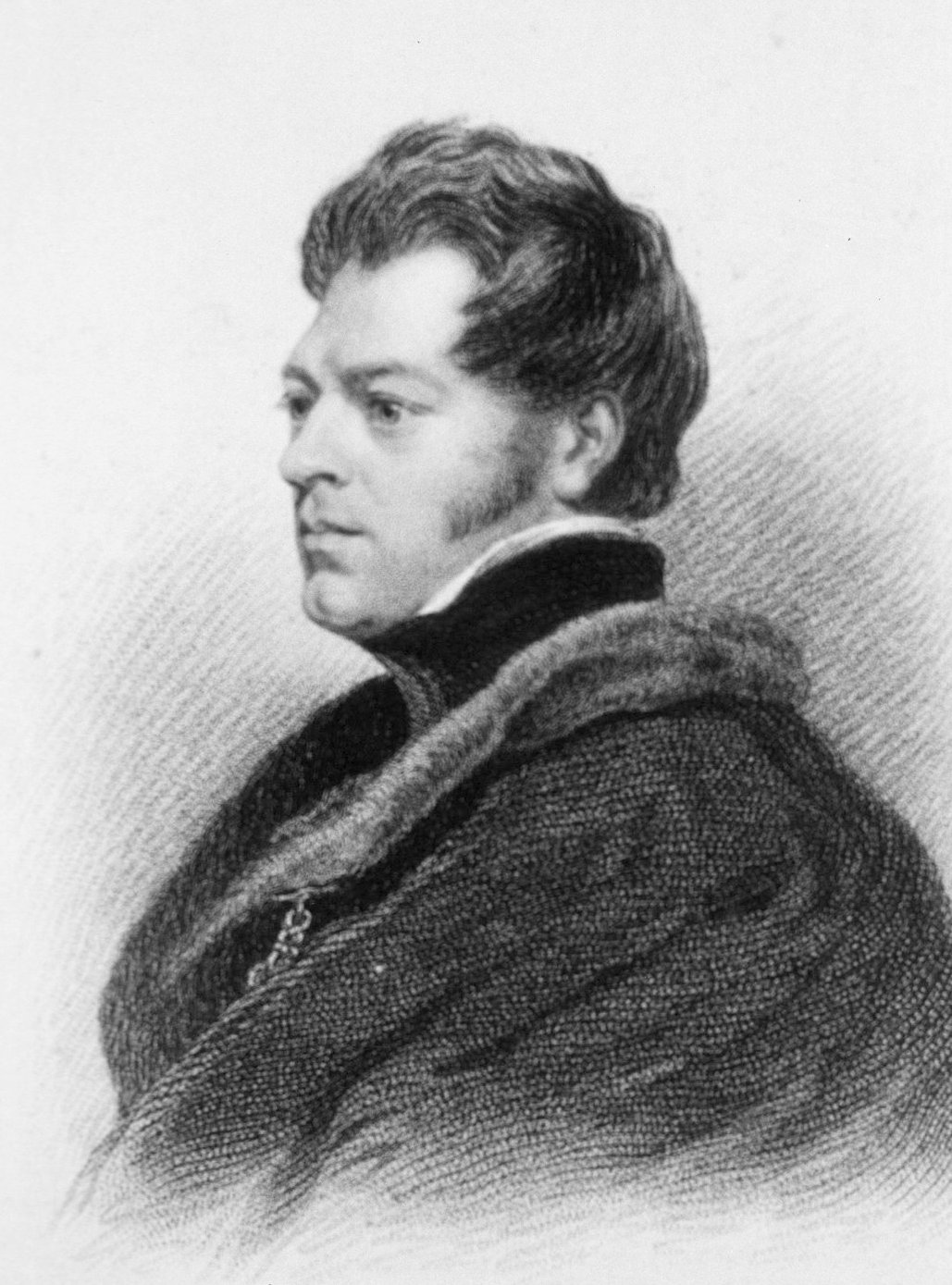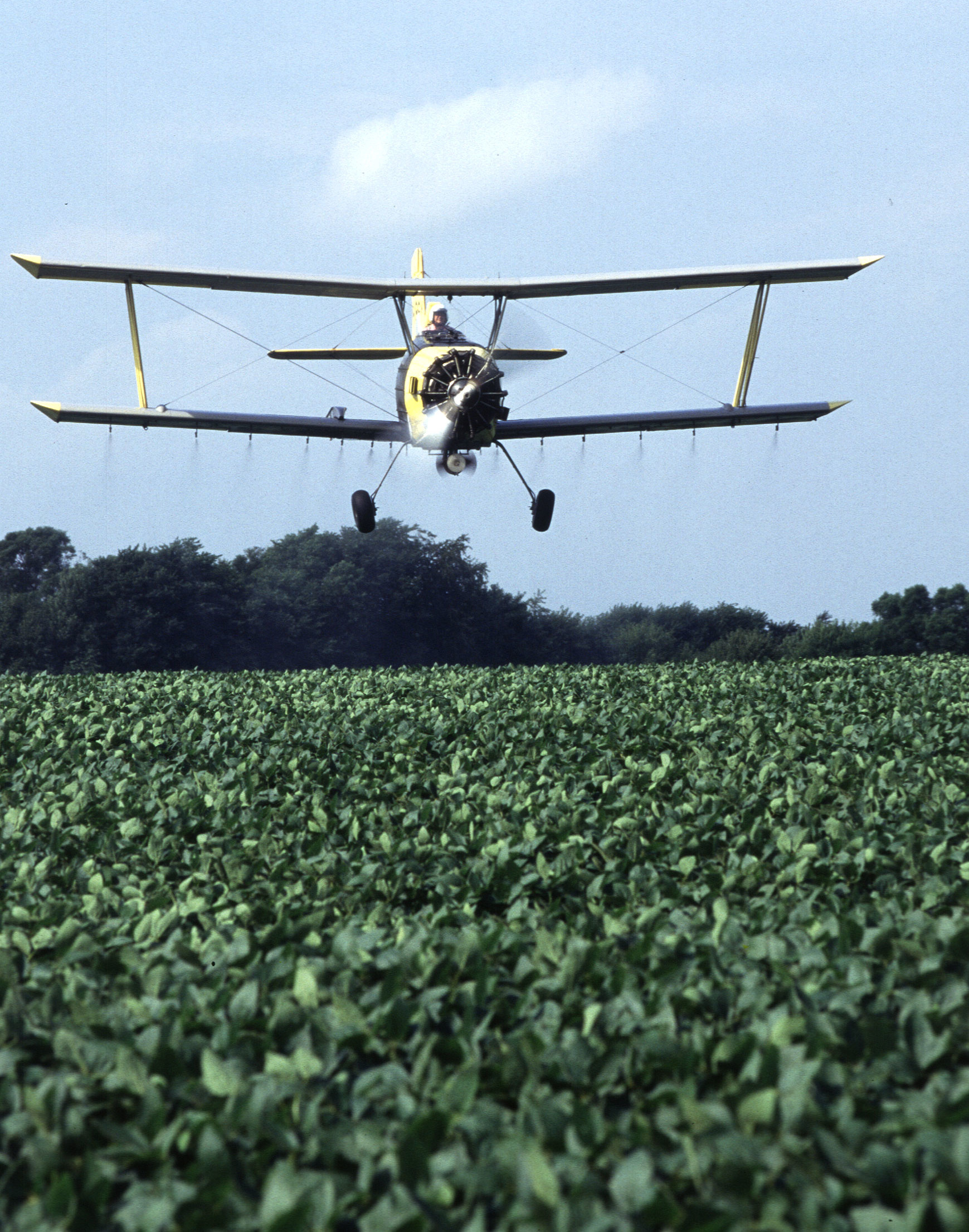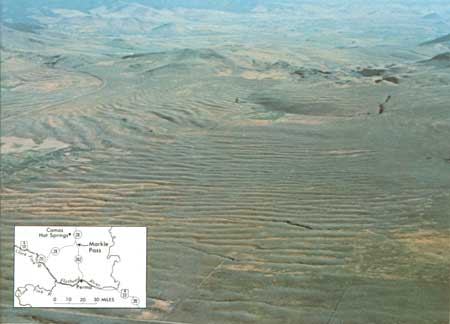|
Camas Pocket Gopher
The camas pocket gopher (''Thomomys bulbivorus''), also known as the camas rat or Willamette Valley gopher, is a rodent, the largest member in the genus '' Thomomys'', of the family Geomyidae. First described in 1829, it is endemic to the Willamette Valley of northwestern Oregon in the United States. The herbivorous gopher forages for vegetable and plant matter, which it collects in large, fur-lined, external cheek pouches. Surplus food is hoarded in an extensive system of tunnels. The dull-brown-to-lead-gray coat changes color and texture over the year. The mammal's characteristically large, protuberant incisors are well adapted for use in tunnel construction, particularly in the hard clay soils of the Willamette Valley. The gophers make chattering sounds with their teeth; males and females make purring (or crooning) sounds when they are together, and the young make twittering sounds. Born toothless, blind and hairless, the young grow rapidly before being weaned at about six ... [...More Info...] [...Related Items...] OR: [Wikipedia] [Google] [Baidu] |
John Richardson (naturalist)
Sir John Richardson Royal Society of London, FRS FRSE (5 November 1787 – 5 June 1865) was a Scotland, Scottish naval surgeon, natural history, naturalist and Arctic explorer. Life Richardson was born at Nith Place in Dumfries the son of Gabriel Richardson, Provost of Dumfries, and his wife, Anne Mundell. He was educated at Dumfries Grammar School. He was then apprenticed to his maternal uncle, Dr James Mundell, a surgeon in Dumfries. He studied medicine at Edinburgh University, and became a surgeon in the navy in 1807. He traveled with John Franklin in search of the Northwest Passage on the Coppermine Expedition of 1819–1822. Richardson wrote the sections on geology, botany and ichthyology for the official account of the expedition. Franklin and Richardson returned to Canada in 1825 and went overland by fur trade routes to the mouth of the Mackenzie River. Franklin was to go as far west as possible and Richardson was to go east to the mouth of the Coppermine River. These ... [...More Info...] [...Related Items...] OR: [Wikipedia] [Google] [Baidu] |
Pest Control
Pest control is the regulation or management of a species defined as a pest; any animal, plant or fungus that impacts adversely on human activities or environment. The human response depends on the importance of the damage done and will range from tolerance, through deterrence and management, to attempts to completely eradicate the pest. Pest control measures may be performed as part of an integrated pest management strategy. In agriculture, pests are kept at bay by mechanical, cultural, chemical and biological means. Ploughing and cultivation of the soil before sowing mitigate the pest burden, and crop rotation helps to reduce the build-up of a certain pest species. Concern about environment means limiting the use of pesticides in favour of other methods. This can be achieved by monitoring the crop, only applying pesticides when necessary, and by growing varieties and crops which are resistant to pests. Where possible, biological means are used, encouraging the natural enem ... [...More Info...] [...Related Items...] OR: [Wikipedia] [Google] [Baidu] |
Zygogeomys
The Michoacan pocket gopher (''Zygogeomys trichopus'') is a species of rodent in the family Geomyidae. It is monotypic within the genus ''Zygogeomys''. It is endemic to Mexico where its natural habitat is temperate, high-altitude forests. Its numbers are declining and it is listed by the IUCN as "endangered". Description The Michoacan pocket gopher is a small animal with short, dense, black, lustrous fur and a hairless tail. The eyes are small and deep-set and there is a pad-like region of bare skin just behind the nostrils. It is docile when caught, making no attempt to bite as do other pocket gophers. Distribution and habitat The Michoacan pocket gopher is endemic to the Trans-Mexican Volcanic Belt mountain range in central southern Mexico, where it occurs in four discrete locations near west of Lake Pátzcuaro at altitudes over . The fossil record shows that members of the genus ''Zygogeomys'', including two other now extinct species, were widespread in the late Pliocene epoc ... [...More Info...] [...Related Items...] OR: [Wikipedia] [Google] [Baidu] |
Pappogeomys
Buller's pocket gopher (''Pappogeomys bulleri'') is a species of gopher that is endemic to Mexico. It is monotypic within the genus Genus ( plural genera ) is a taxonomic rank used in the biological classification of extant taxon, living and fossil organisms as well as Virus classification#ICTV classification, viruses. In the hierarchy of biological classification, genus com ... ''Pappogeomys''. It includes the Alcorn's pocket gopher (''P. b. alcorni'') as a subspecies. Previously, this subspecies was considered a separate species. Description ''Pappogeomys bulleri'' is endemic to west central Mexico.Russell, R.J. 1968. Revision of pocket gophers of the genus ''Pappogeomys''. University of Kansas Publications, Museum of Natural History 16: 581–776. The total body length for this species is typically under 270 mm, and its body mass is typically under 250 g. The fur of ''P. bulleri'' can vary from a light shade of gray, to a darker shade depending on its geographic dist ... [...More Info...] [...Related Items...] OR: [Wikipedia] [Google] [Baidu] |
Orthogeomys
The giant pocket gopher (''Orthogeomys grandis'') is a species of rodent in the family Geomyidae. It is found in Mexico, Guatemala, El Salvador and Honduras. It is the type species of the genus ''Orthogeomys''; some zoologists also include in this genus species that have recently been placed in ''Heterogeomys ''Heterogeomys'' is a genus of rodent in the family Geomyidae, found in Mexico, Central America and Colombia. ''Heterogeomys'' are a small genus of rodents commonly known as pocket gophers, though the term applies to all genera within the famil ...''. It is long, and in weight. References Giant pocket gopher Mammals of Mexico Rodents of Central America Rodents of North America Giant pocket gopher Giant pocket gopher Least concern biota of North America Taxonomy articles created by Polbot {{Geomyidae-stub ... [...More Info...] [...Related Items...] OR: [Wikipedia] [Google] [Baidu] |
Geomys
The genus ''Geomys'' contains 12 species of pocket gophersSearch results for "''Geomys''" on thASM Mammal Diversity Database often collectively referred to as the eastern pocket gophers. Like all pocket gophers, members of this genus are fossorial herbivores. Species *''Geomys'' ** Desert pocket gopher (''Geomys arenarius'') ** Attwater's pocket gopher (''G. attwateri'') ** Baird's pocket gopher (''G. breviceps'') ** Plains pocket gopher (''G. bursarius'') ** ''Geomys jugossicularis'' ** Knox Jones's pocket gopher (''G. knoxjonesi'') ** ''Geomys lutescens'' ** Texas pocket gopher (''G. personatus'') ** Southeastern pocket gopher (''G. pinetis'') ** ''Geomys streckeri'' ** Central Texas pocket gopher The central Texas pocket gopher or Llano pocket gopher (''Geomys texensis'') is a species of rodent in the family Geomyidae. It is endemic to central Texas in the United States. Description The central Texas pocket gopher is very similar in ap ... (''G. texensis'') ** Tropica ... [...More Info...] [...Related Items...] OR: [Wikipedia] [Google] [Baidu] |
Cratogeomys
''Cratogeomys'' is a genus of rodent in the family Geomyidae. It was previously considered a subgenus of ''Pappogeomys''. All species are distributed in Mexico and the Southwest United States, with some species being found in both countries. It contains the following seven species: * Yellow-faced pocket gopher (''Cratogeomys castanops'') * Oriental Basin pocket gopher (''Cratogeomys fulvescens'') * Smoky pocket gopher (''Cratogeomys fumosus'') * Goldman's pocket gopher (''Cratogeomys goldmani'') * Merriam's pocket gopher (''Cratogeomys merriami'') * Perote pocket gopher (''Cratogeomys perotensis'') * Volcan de Toluca Pocket Gopher Volcan or Volcán may refer to: Places *Volcán, Panama, town in Panama *Volcán (Jujuy), town in Argentina Other uses *Volcan (mining company), Peruvian mining company *Volcán River, Chile *Volcán Lake, Bolivia People with the surname *Erin V ... (''Cratogeomys planiceps'') References Rodent genera Taxa named by Clinton Hart Merriam [...More Info...] [...Related Items...] OR: [Wikipedia] [Google] [Baidu] |
Genetic Bottleneck
A population bottleneck or genetic bottleneck is a sharp reduction in the size of a population due to environmental events such as famines, earthquakes, floods, fires, disease, and droughts; or human activities such as specicide, widespread violence or intentional culling, and human population planning. Such events can reduce the variation in the gene pool of a population; thereafter, a smaller population, with a smaller genetic diversity, remains to pass on genes to future generations of offspring through sexual reproduction. Genetic diversity remains lower, increasing only when gene flow from another population occurs or very slowly increasing with time as random mutations occur. This results in a reduction in the robustness of the population and in its ability to adapt to and survive selecting environmental changes, such as climate change or a shift in available resources. Alternatively, if survivors of the bottleneck are the individuals with the greatest genetic fitness, the f ... [...More Info...] [...Related Items...] OR: [Wikipedia] [Google] [Baidu] |
Missoula Floods
The Missoula floods (also known as the Spokane floods or the Bretz floods or Bretz's floods) were cataclysmic glacial lake outburst floods that swept periodically across eastern Washington and down the Columbia River Gorge at the end of the last ice age. These floods were the result of periodic sudden ruptures of the ice dam on the Clark Fork River that created Glacial Lake Missoula. After each ice dam rupture, the waters of the lake would rush down the Clark Fork and the Columbia River, flooding much of eastern Washington and the Willamette Valley in western Oregon. After the lake drained, the ice would reform, creating Glacial Lake Missoula again. These floods have been researched since the 1920s. During the last deglaciation that followed the end of the Last Glacial Maximum, geologists estimate that a cycle of flooding and reformation of the lake lasted an average of 55 years and that the floods occurred several times over the 2,000-year period between 15,000 and 13,000 year ... [...More Info...] [...Related Items...] OR: [Wikipedia] [Google] [Baidu] |
Arthropod
Arthropods (, (gen. ποδός)) are invertebrate animals with an exoskeleton, a Segmentation (biology), segmented body, and paired jointed appendages. Arthropods form the phylum Arthropoda. They are distinguished by their jointed limbs and Arthropod cuticle, cuticle made of chitin, often Mineralization (biology), mineralised with calcium carbonate. The arthropod body plan consists of segments, each with a pair of appendages. Arthropods are bilaterally symmetrical and their body possesses an exoskeleton, external skeleton. In order to keep growing, they must go through stages of moulting, a process by which they shed their exoskeleton to reveal a new one. Some species have wings. They are an extremely diverse group, with up to 10 million species. The haemocoel, an arthropod's internal cavity, through which its haemolymph – analogue of blood – circulates, accommodates its interior Organ (anatomy), organs; it has an open circulatory system. Like their exteriors, the internal or ... [...More Info...] [...Related Items...] OR: [Wikipedia] [Google] [Baidu] |
Host (biology)
In biology and medicine, a host is a larger organism that harbours a smaller organism; whether a parasite, parasitic, a mutualism (biology), mutualistic, or a commensalism, commensalist ''guest'' (symbiont). The guest is typically provided with nourishment and shelter. Examples include animals playing host to parasitic worms (e.g. nematodes), cell (biology), cells harbouring pathogenic (disease-causing) viruses, a Fabaceae, bean plant hosting mutualistic (helpful) Rhizobia, nitrogen-fixing bacteria. More specifically in botany, a host plant supplies nutrient, food resources to micropredators, which have an evolutionarily stable strategy, evolutionarily stable relationship with their hosts similar to ectoparasitism. The host range is the collection of hosts that an organism can use as a partner. Symbiosis Symbiosis spans a wide variety of possible relationships between organisms, differing in their permanence and their effects on the two parties. If one of the partners in an ass ... [...More Info...] [...Related Items...] OR: [Wikipedia] [Google] [Baidu] |





.jpg)